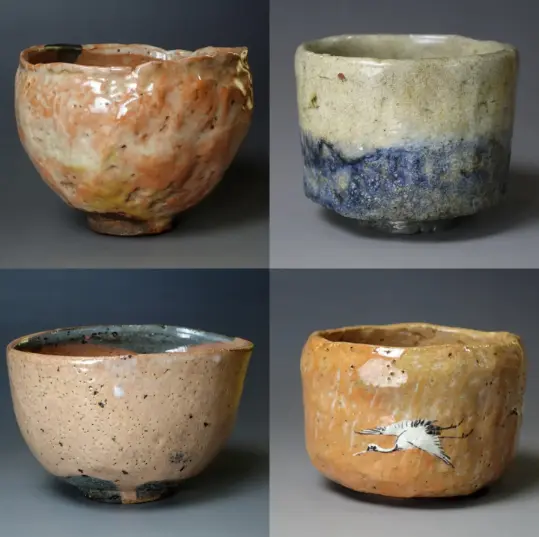I recently came across a video by Rumi Kobayashi on re-understanding the concept of ‘Wabi-Sabi’. And here is what I learned from her narration of its true meaning:
The larger part of the world understands Wabi-Sabi as the beauty in imperfection and merely as a visual characteristic of an object, which is a simplified and inaccurate description.
The Japanese words -Wabi-shi means wretched, and Sabi-shi means lonely. Which is not to translate to loneliness, but aloneness.
Aloneness - A state of solitude, where you become aware of your conscious being. Creating space for awareness, reflection and stillness. When you create from this state of awareness, you pour your entire being into the creation. Helping you to step out of yourself and find something bigger than yourself.
For example, When you see a ceramic bowl that is seemingly irregularly shaped and looks imperfect. It’s not imperfect. It is a reflection of a living-flowing sense of being poured into the creation.

Photo: https://www.instagram.com/p/DBEowxyztYF/
Why does this definition matter? It matters because human creations are often related to imperfection and machine creations to perfection. But there is a gap in this understanding. Because humans are the ones who created that machine of perfection. Capable of creating perfect-symmetrical things. Then what differentiates human-made and machine-made objects is not perfection. It is the conscious state of being poured into each handmade creation that makes it come alive, even as a so-called inanimate object.
The concept of wabi-sabi can even be studied in nature. Wherein, when seen from afar, nature appears to be random, imperfect & asymmetrical. But when studied closely, nature exuberates perfect harmony, symmetry and balance. Where all its life systems are synchronised with one another.

Going back to Rumi Kobayashi’s words “Wabi sabi isn't beautiful because it has faults, and it doesn't have faults because it's handmade. It's because the maker is consciously cleansing themselves of the frivolities of human nature and trying to devote themselves to something bigger than themselves. That's why it's beautiful. That's why it has a presence of its own, and that's why it's so impossible to replicate and scale.”
Here is my new definition of Wabi-Sabi: 'Creation in a state of flow'
Cover image: <a href="https://www.freepik.com/free-photo/background-with-shadow-floral-branches_15557601.htm#fromView=keyword&page=2&position=34&uuid=e70c822f-80c6-4895-8838-4da9f38e3474&query=Wabi+sabi">Image by rawpixel.com on Freepik</a>